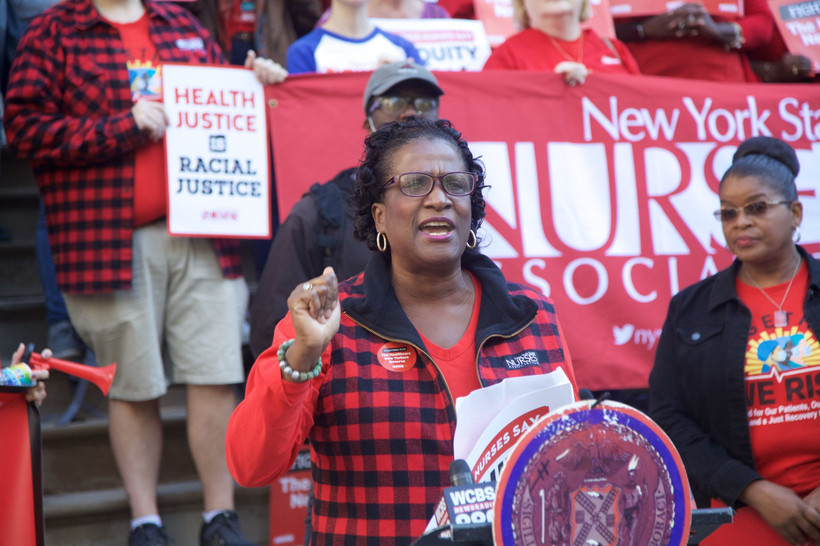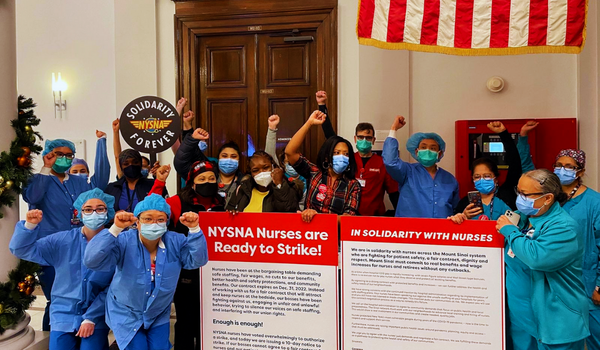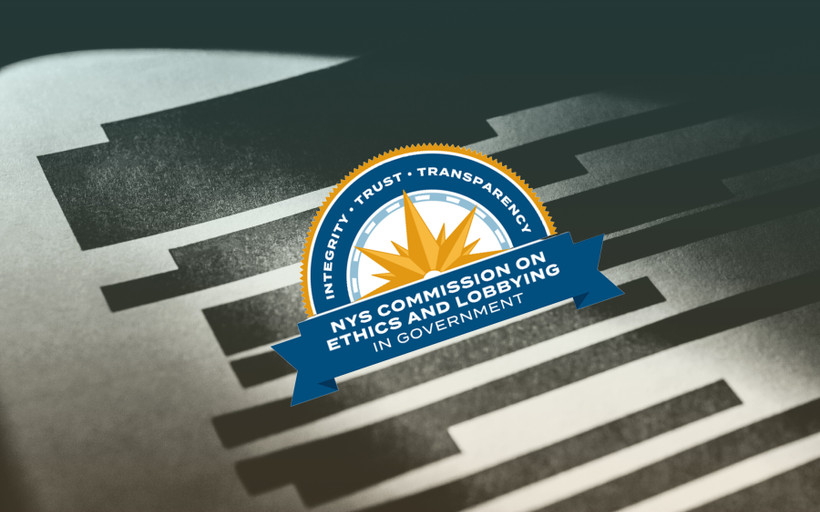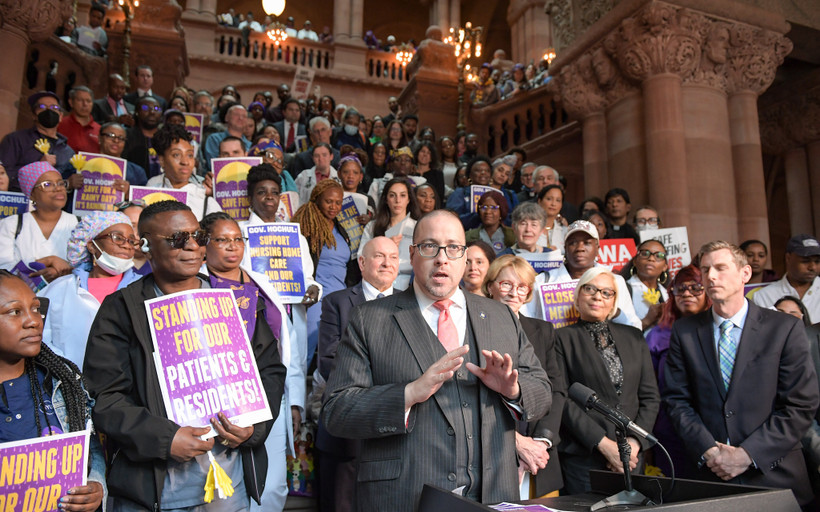Thousands of New York City Nurses Are on Strike. Statewide, a New Law Drove Bitter Staffing Debates
The law was supposed to deliver safer staffing ratios. Instead, it raised tensions at one in four New York hospitals.


New York’s transparency watchdog found that the ethics commission violated open records law by redacting its own recusal forms.
New York has one of the weakest consumer protection laws in the country. This year’s state budget may change that.
Guidelines limiting gifts of taxpayer resources have “no teeth whatsoever,” according to good government watchdog.
Hochul’s proposed Medicaid cuts include $125 million from Health Homes, a program that connects the neediest New Yorkers with medical care, food assistance, and more.
Stark disparities in access to life-saving medication for opioid addiction persist between facilities — and racial groups.
New York legislators have a plan to claim billions in federal funding for health care, driving a fight between industry groups.
As real estate developers resist wage guarantees and try to roll back tenants’ rights, a potential budget deal is at an impasse.
As the state legislature considers a bill to change warranty payments, unions join their bosses to make car companies pay more.
As the relationship was coming to light, Heastie returned $5,000 in campaign cash to a labor group from which he’d recused himself.
 New York State Nurses Association Nurses rally at New York City Hall. (Courtesy)
New York State Nurses Association Nurses rally at New York City Hall. (Courtesy)

